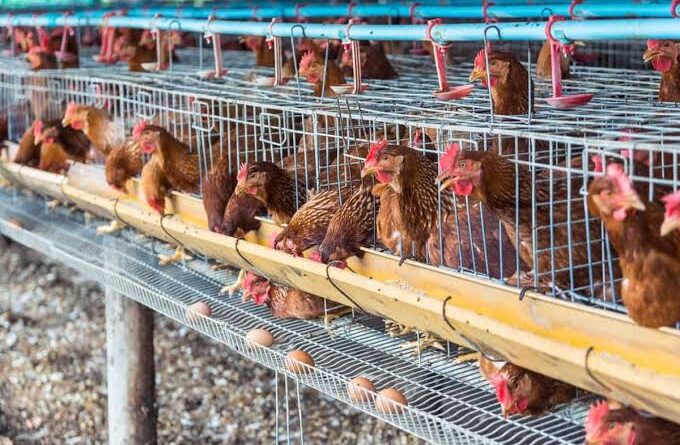
Constructing a pen for 1,000 layers is a significant investment for poultry farmers aiming to enhance egg production and efficiency. Layer cages provide a controlled environment that improves management and bird welfare.
Understanding the costs involved in this construction is essential for effective budgeting and planning. This article will break down the primary costs associated with constructing a pen for 1,000 layers.
1. materials and supplies
The choice of materials is a major factor affecting the overall cost of constructing a layer cage pen. Essential materials include galvanized wire for the cages, wood or metal for the structural framework, roofing materials, and flooring options.
High-quality materials may require a larger initial investment but can lead to lower maintenance costs over time. Additionally, supplies such as feeders, drinkers, and nesting boxes are crucial components that must be factored into the total cost.
Planning the quantities needed and sourcing materials from reputable suppliers can help in managing expenses effectively.
2. labor costs
Labor costs are another significant consideration when constructing a pen for layers. These costs can vary based on local wage rates, the complexity of the construction process, and the duration of the project.
Hiring skilled labor might result in higher upfront costs but can ensure better quality workmanship and faster completion.
It’s essential to estimate the total labor hours required and consider any additional costs for skilled tradespeople, such as electricians or plumbers, if specialized work is needed.
3. design and layout considerations
The design and layout of the layer cage pen also impact the overall cost. A well-planned layout maximizes space and improves operational efficiency.
Factors such as the number of tiers, cage dimensions, and accessibility for feeding and cleaning must be carefully considered.
Investing in a well-designed structure can lead to improved productivity and lower long-term operational costs. Consulting with professionals or utilizing established designs can help in creating an efficient layout while keeping costs manageable.
4. utilities and infrastructure
Establishing the necessary utilities and infrastructure is crucial for the successful operation of a layer pen. This includes electrical wiring for lighting and heating, water supply systems, and proper ventilation to maintain optimal conditions for the layers.
The installation of these systems can add to the overall construction cost, but they are vital for ensuring the health and productivity of the birds. Budgeting for these utilities from the outset can prevent unexpected expenses later in the project.
5. permits and regulations
Lastly, obtaining the necessary permits and adhering to local regulations can incur additional costs. Depending on the region, constructing a poultry pen may require specific licenses or inspections to ensure compliance with health and safety standards.
It’s important to research and understand these requirements early in the planning process to factor them into the overall budget. Failing to comply with regulations can lead to fines or delays that may increase overall project costs.
In conclusion, the cost of constructing a pen for 1,000 layers involves several critical factors, including materials, labor, design, utilities, and regulatory compliance.
By understanding these elements and planning accordingly, poultry farmers can effectively budget for their investment.
A well-constructed layer cage pen not only enhances productivity but also contributes to the long-term success of poultry farming operations. Careful planning and consideration of all costs involved will lead to a more sustainable and profitable venture.
Read Also: Determining the optimal number of plantain trees per plot





